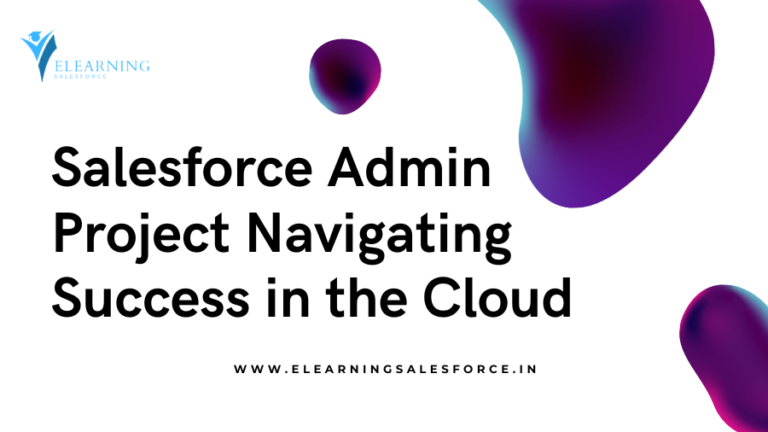Introduction: Salesforce and the Future of Work
Salesforce and the Future of Work: Salesforce and the Future of Work: The landscape of work is undergoing a profound transformation, driven by technological advancements and the need for increased flexibility and efficiency. Salesforce, a pioneer in cloud-based customer relationship management (CRM), has positioned itself at the forefront of this evolution. In this blog, we’ll explore how Salesforce is shaping the future of work by fostering collaboration, driving innovation, and enabling organizations to adapt to the changing dynamics of the modern workplace.
1. Cloud-Powered Collaboration:
Salesforce’s cloud-based solutions have become synonymous with enhanced collaboration. With tools like Salesforce Chatter and Quip, teams can seamlessly communicate, share documents, and collaborate in real time. This cloud-powered collaboration breaks down silos, enabling dispersed teams to work together regardless of geographical locations.
2. Remote Work Enablement:
The future of work is increasingly remote, and Salesforce has been at the forefront of enabling remote work capabilities. The platform’s mobile-friendly applications and cloud infrastructure allow employees to access critical information and collaborate from anywhere, promoting a flexible work environment.
3. AI-Driven Productivity:
Salesforce has integrated artificial intelligence (AI) into its platform with Einstein, an AI-powered analytics tool. Einstein automates repetitive tasks, predicts future trends, and provides personalized insights. This not only boosts individual productivity but also allows employees to focus on high-value tasks that require creativity and critical thinking.
4. Employee Experience Enhancement:
Salesforce is committed to enhancing the overall employee experience. With Employee Experience (EX) solutions, organizations can create a more engaging and personalized work environment. From onboarding to performance management, Salesforce tools help organizations build a positive workplace culture that fosters employee satisfaction and retention.
5. Integration of Virtual Collaboration Tools:
The future of work relies heavily on virtual collaboration tools, and Salesforce has integrated seamlessly with popular tools like Zoom, Microsoft Teams, and Slack. This integration ensures that communication and collaboration occur in a unified environment, enhancing productivity and reducing the need to switch between disparate platforms.
6. Agility and Scalability:
As organizations navigate the complexities of a rapidly changing business landscape, agility and scalability are paramount. Salesforce’s cloud-based architecture provides the flexibility to scale operations up or down based on business needs. This agility is crucial for organizations looking to adapt quickly to market shifts and opportunities.
7. Data-Driven Decision-Making:
Salesforce’s analytics and reporting capabilities empower organizations to make data-driven decisions. With real-time insights into customer interactions, sales performance, and overall business operations, organizations can adapt their strategies, identify trends, and stay ahead of the competition.
8. Continuous Innovation with AppExchange:
Salesforce’s AppExchange is a marketplace that hosts a myriad of third-party applications. This allows organizations to extend the capabilities of Salesforce and integrate with other essential tools. The continuous innovation facilitated by AppExchange ensures that Salesforce remains a dynamic platform, evolving to meet the diverse needs of businesses.
9. Community Building and Engagement:
Salesforce Communities enable organizations to build custom, branded spaces for employees, customers, and partners. These communities foster engagement, collaboration, and knowledge-sharing. As the future of work emphasizes the importance of interconnected ecosystems, Salesforce Communities play a vital role in building strong business networks.
10. Sustainability and Social Impact:
Salesforce is committed to sustainability and social responsibility. The company’s 1-1-1 model of philanthropy, where it donates 1% of its product, equity, and employee time to charitable causes, reflects its dedication to making a positive impact. As the future of work aligns with values-driven organizations, Salesforce’s commitment to social impact becomes a crucial differentiator.
Conclusion:
Salesforce is not just a CRM platform; it is a catalyst for the future of work. By prioritizing collaboration, innovation, and adaptability, Salesforce empowers organizations to thrive in an era defined by change. As the workplace continues to evolve, Salesforce’s commitment to providing cutting-edge solutions positions it as a key player in shaping the way we work and collaborate in the years to come.



